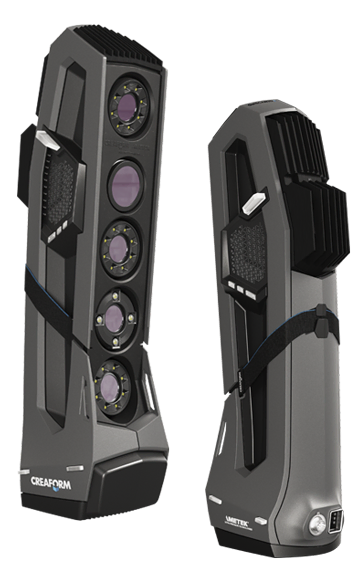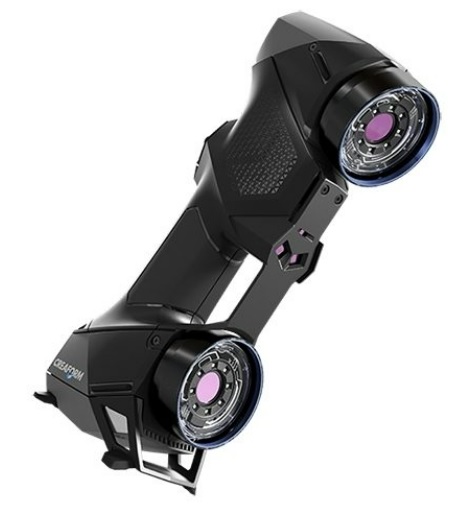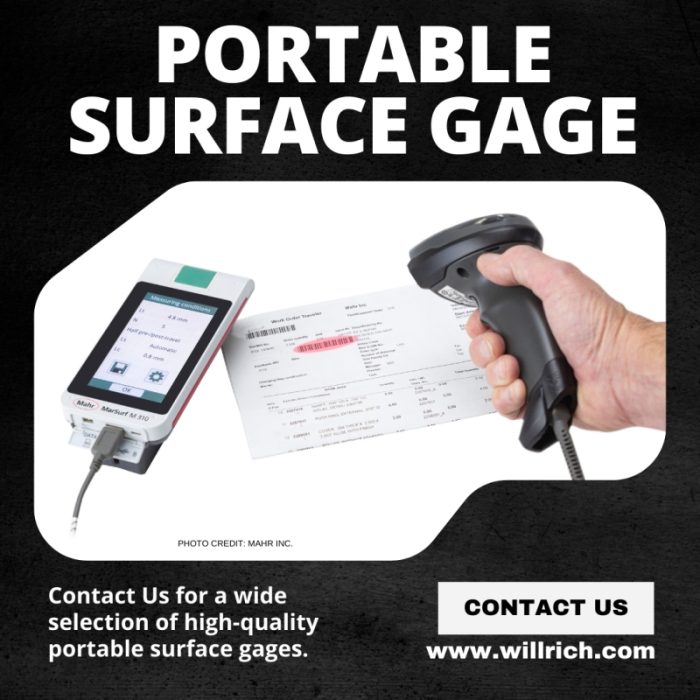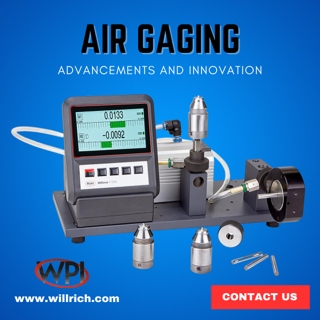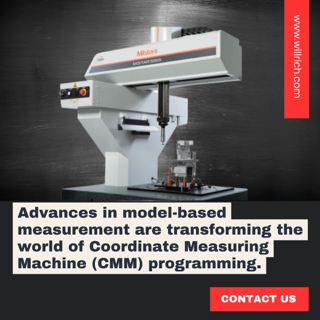Measurlink software empowers manufacturers to automate inspection data, measure processes, reduce scrap, and improve customer relations. MeasurLink by Mitutoyo is an excellent solution for automating and centralizing data collection and is a critical aspect of smart factories.
MeasurLink has been developed and refined by industry experts over the past two decades, making it a reliable and robust software solution. It is designed specifically with Industry 4.0 and Smart Factory principles in mind, providing the scalability needed for future factories.
Grow and scale your business with Mitutoyo whether you’re a small shop or a multinational enterprise, MeasurLink offers ease of use and power in SPC software. One of the key features of MeasurLink is its ability to create and manage quality libraries.
Using the Support Center operators and inspectors can intuitively build a library of parts and inspection routines. This library defines what, where, and how to inspect, while also allowing for the tracking of critical information such as material, temperature, lot number, and machine line.
Users can set names and tolerances for characteristics in each part that is to be inspected.
It also supports variable and attribute data, as well as calculated measurements like flatness, wall thickness, or area. This feature enables efficient and accurate inspection of numerous part numbers, all organized in a manageable tree structure.
The Routine Library allows for the creation of inspection routines for final inspections or in-process inspections during different manufacturing operations. Users can set notification alerts, define the order of inspection, choose devices to use, and determine the collection frequency. This feature ensures thorough and consistent inspections, giving manufacturers greater control over their processes.
MeasurLink also offers a Device and Station Library that connects the inspection stations. Users can choose from Mitutoyo or third-party devices to collect measurement data. Select various hardware options and ensure compatibility with existing equipment.
MeasurLink provides a Traceability Library for tracking non-measurement meta-data critical to product quality. This feature allows users to trace who, what, when, and where a measurement took place and provides valuable information for root cause analysis. By assigning a cause and corrective action, manufacturers can address issues effectively and prevent their recurrence.
Production Data is a huge aspect of management for smart factories.
The Run Library from MeasurLink enables users to create inspection data sets based on lot, batch, time, or quantity. The ability to switch between active inspection routines, suspend inspection runs, and organize data by customer, PO, or lot number provides manufacturers with greater flexibility and control over their production processes.
The Gage Library will manage inventory for measuring tools and instruments. Users will know the location and calibration status, manage standards and calibration procedures, and generate certificates for quality assurance compliance.
You will be assured that metrology assets are properly maintained and in compliance with quality standards.
MeasurLink by Mitutoyo offers an ideal data management solution for smart factories.
- Quality libraries, traceability tracking, production & asset management
- Automates data collection & centralizes it for manufacturers
- Facilitates inspection data analysis and process measurement
- Reduces scrap & enhances customer relations
- Scalable, extensible, and interoperable
- Meets future factory needs
DAQ Sources Types: USB, serial, text, DDE.
USB Input Tool: Plug-and-play, no special software/drivers needed.
Multiple Data Sources: Use a multiplexer for multiple inputs.
Connecting Multiplexer: Use a 25-pin to 9-pin USB adapter.
Pulling Data to MeasureLink: DDE for Mitutoyo software; Import templates for other sources.
Ready to enhance your operations with top-notch machinery, expert assistance, and dedicated support? Contact Willrich today and empower your team through automation and optimization.





